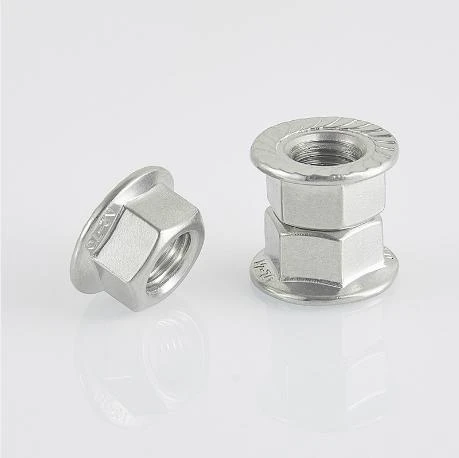

quick release fasteners
नवम्बर . 20, 2024 10:26 Back to list
quick release fasteners
The Importance of Quick Release Fasteners in Modern Industry
In today's fast-paced industrial environment, efficiency and versatility are paramount. One innovative solution that has garnered widespread attention is the quick release fastener. These fasteners, designed for easy and rapid attachment and detachment, have transformed how industries approach assembly and maintenance processes. From manufacturing and automotive sectors to aviation and even home improvement, quick release fasteners offer numerous advantages that enhance productivity and streamline operations.
What Are Quick Release Fasteners?
Quick release fasteners are specialized components that enable users to secure items together with minimal effort and time. Unlike traditional fasteners, such as screws, bolts, or nuts, which require tools and considerable time to install or remove, quick release options allow users to engage or disengage with a simple push or pull mechanism. This feature makes them particularly valuable in applications where speed and ease of access are critical.
Categories of Quick Release Fasteners
There are several types of quick release fasteners, each designed for specific applications
1. Pin Fasteners These are often used in machinery and equipment where parts need frequent adjustments. A simple push of a button or lever allows users to release the pin and adjust the setting, making them ideal for applications in manufacturing.
2. Latch Fasteners Found in hatches and doors, latch fasteners provide a secure yet easily accessible closure. They are often used in the automotive industry for trunk lids and fuel doors, offering quick access without compromising security.
3. Cam Locks These are used in various applications, from toolboxes to cabinets. The locking mechanism allows for quick engagement and disengagement, providing convenience for users who require frequent access.
Benefits of Quick Release Fasteners
quick release fasteners

1. Time Efficiency One of the most significant advantages of quick release fasteners is the time saved during assembly and disassembly. In industries where time is money, reducing downtime can lead to significant cost savings and enhanced productivity.
2. Ease of Use Quick release fasteners can be operated with one hand and often require no tools. This is especially beneficial in environments where operators need to maintain efficiency while multitasking, such as on assembly lines or during repairs.
3. Versatility These fasteners can be used in a variety of applications, making them suitable for diverse industries. Their adaptability allows for easy integration into existing systems and processes.
4. Maintenance and Repair In sectors like aviation and automotive, maintenance schedules can be stringent. Quick release fasteners enable technicians to quickly access components for inspection, repair, or replacement, thus ensuring compliance with safety standards and minimizing service downtime.
5. Safety and Security While quick release fasteners enable fast operations, they are designed to maintain high security standards. Many types include features that prevent accidental releases, ensuring that components remain securely attached during operation.
Future Innovations and Trends
As industries continue to evolve, so too will the design and application of quick release fasteners. Innovations in materials, such as lightweight composites and advanced metals, are paving the way for even more durable and efficient fasteners. The incorporation of smart technology, such as sensors and electronic control mechanisms, promises to further enhance the functionality of quick release fasteners, adding new dimensions to efficiency and automation.
Conclusion
In summary, quick release fasteners represent a significant advancement in fastening technology, catering to the demands of modern industry. Their ability to simplify assembly and maintenance processes contributes to increased productivity, safety, and flexibility across various sectors. As technology continues to advance, the role of quick release fasteners is likely to expand, solidifying their place as a critical component in the toolkit of contemporary engineering and manufacturing solutions. By harnessing the benefits of these fasteners, industries can position themselves for greater efficiency and competitiveness in an increasingly dynamic marketplace.
Latest news
-
Premium Self Tapping Metal Screws: Strong & Easy Install
NewsAug.02,2025
-
Premium Fasteners Manufacturer | AI-Driven Solutions
NewsAug.01,2025
-
Hot Dip Galvanized Bolts - Hebei Longze | High Strength, Corrosion Resistance
NewsAug.01,2025
-
High-Strength Hot Dip Galvanized Bolts - LongZe | Corrosion Resistance, Custom Sizes
NewsAug.01,2025
-
Best Self Tapping Screws for Drywall - Fast & Secure Installation
NewsJul.31,2025
-
High-Strength Hot Dip Galvanized Bolts-Hebei Longze|Corrosion Resistance&Customization
NewsJul.31,2025

